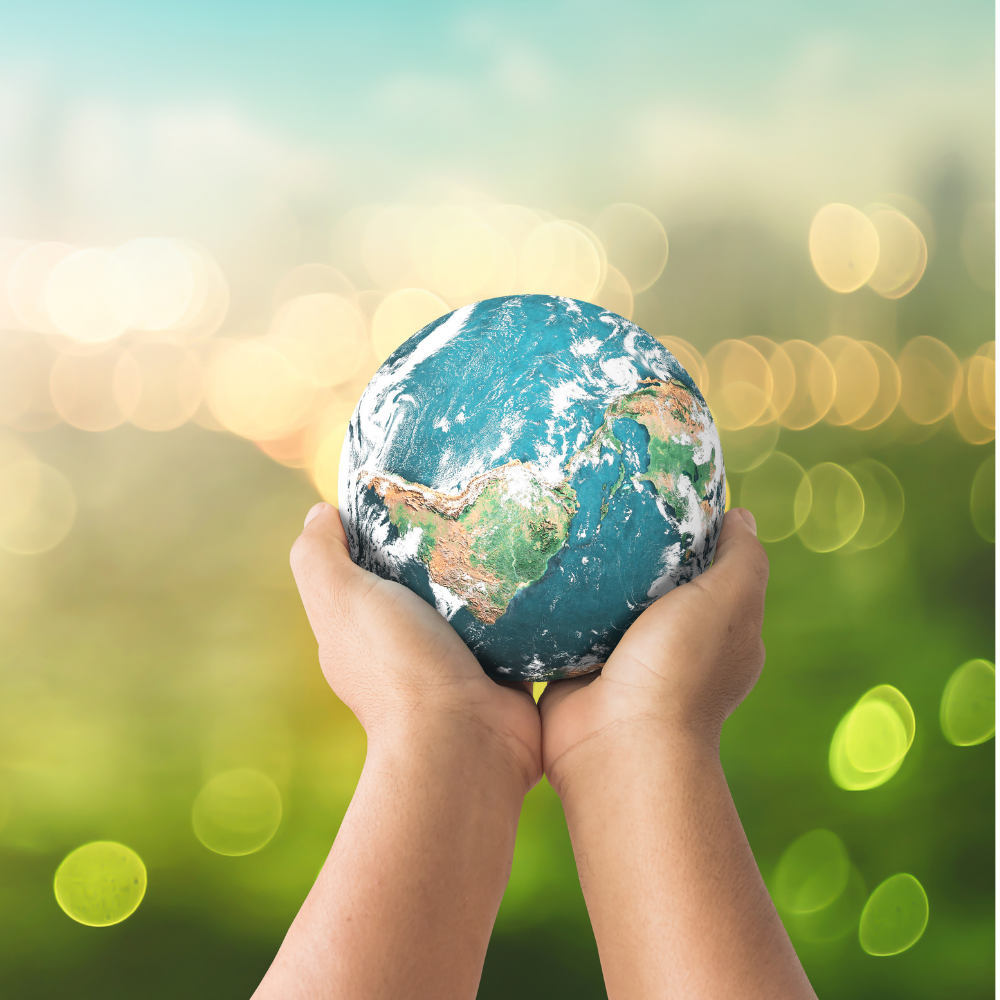Do we fully understand the consequences our current throw-away culture is having on the planet? It doesn’t appear that we do.
Plastic has certainly made life more convenient. There are plastic eating utensils and dishes you can use and toss away (no washing necessary). Single-use snack and beverage packs ready to go into lunch boxes. Forget to bring your cloth shopping bag to the grocery store? No problem (in some cities anyway)! Plastic grocery bags will do the job. How many plastic bags did you use the last time you stocked up at the store (grocery, clothing store, etc.)? While plastics are super convenient and make life easier, there is nothing "convenient" or “quick” about the lifecycle of even one plastic item.
How Much Plastic Actually Ends Up in the Landfill?
Most plastics don’t end up being recycled. Unfortunately, a whopping 80% of the plastic water bottles used in the United States annually end up in a landfill. Even though landfills are meant to accept materials and keep them away from the surrounding environment, they end up brewing up dangerous pollutants. Leachate, liquid that develops when materials break down in landfills, end up leaking through liners built into landfills, polluting the groundwater below. In addition, greenhouse gases, including methane, are produced, a result of decaying substances inside landfills, seeping into the atmosphere, adding to the current climate change problem. Bottom line, while it would be great if all the single use plastics we commonly use ended up recycled, that is simply not the case.
Plastics in Our Oceans
Most of us don't realize the magnitude of the problems plastic products are causing in our oceans. Scientists have estimated that in 2010, 8.8 million tons of plastic waste ended up in the ocean.
Plastics are the most common kind of debris found in the ocean and Great lakes, coming from a variety of sources (both land and sea based), entering the water in several ways. Once Plastics end up in the water, they never completely biodegrade.
Because single use plastics continue to be viewed as a "convenience" people can't seem to live without worldwide, things can only get worse. At current rates of use, plastic is estimated to outweigh the fish in the oceans by 2050.
Poisoning Marine Life
Our marine environs are choking on single-use plastics, impacting the creatures that are forced to exist in this man-made toxic environment. Plastic doesn’t simply disappear when it gets tossed into the ocean. In some cases, it breaks down into small pieces, referred to as microplastics, that smell and appear to be food to marine creatures that include dolphins, sea turtles, whales, and seagulls, creatures that can't tell the difference between a plastic bag and jellyfish. Sadly, ingesting plastic is deadly for these beautiful creatures. Microplastics can end up clogging their digestive tracts (making it impossible for them to consume food) and perforate organs. On top of that, plastic items like soda can holders, rope, plastic bags, etc., end up entangling marine animals, making it difficult and at times impossible for them to grow, move, or eat. A recent report published by NOAA stated that approximately 200 different marine species around the world have endured entanglements, with 115 of these species originating in the U.S. Making an effort to stop the flow of single use plastic into our waterways should be a top priority, not only for marine life but for human health.
Impacting Human Health
Plastic contamination is a very real and escalating threat to human health. Along with creating safety issues during the manufacturing process, numerous chemical additives used to produce the appealing performance properties of popular plastic products have negative human and environmental health effects. These effects include direct toxicity (lead, cadmium, and mercury carcinogens), as is the case in DEHP (Diethylhexyl phthalate endocrine disruption), that can lead to birth defects, cancers, childhood developmental problems, and immune system issues.
Regarding aquatic environments, by including fish in your diet, you could be exposing yourself to a toxic mix of chemicals you wouldn't willingly ingest. Considering the amount of single use plastics fish are exposed to in their marine environments, it becomes a gamble with your health if you eat fish. You see, fish end up consuming plastics (intentionally and unintentionally), and depending on how long the plastic has been in the water, could have numerous toxic chemicals attached to them (PCBs, heavy metals, and various other pollutants). Once the fish soak up the chemicals from the plastic they ingest, they end up entering the bodies of life higher up on the food chain, including us. While in the United States some seafood is tested for toxic substances by the EPA, little is known about the hazardous toxins in fish harvested outside the country.
Is Plastic Really Worth the Convenience?
Single use plastics spend a minuscule amount of time serving a purpose. The rest of the time it's threatening the health of the environment, animals, and humans. While it may be challenging to avoid plastic use in all areas of our lives, we can find ways to reduce our dependence on it.
Take a minute to consider all the single use plastic items you use every day. Surprising isn't it? Chances are you have several "one use" bottles of cleanser under the sink, plastic bags, etc. Being more aware of how often you buy and use plastics is the first step to reducing their use. While plastic pollution is a growing problem, it’s one we can minimize if we work together. It’s a collective effort that will have a positive impact on our world and all its creatures.




Leave a comment
All comments are moderated before being published.
This site is protected by hCaptcha and the hCaptcha Privacy Policy and Terms of Service apply.